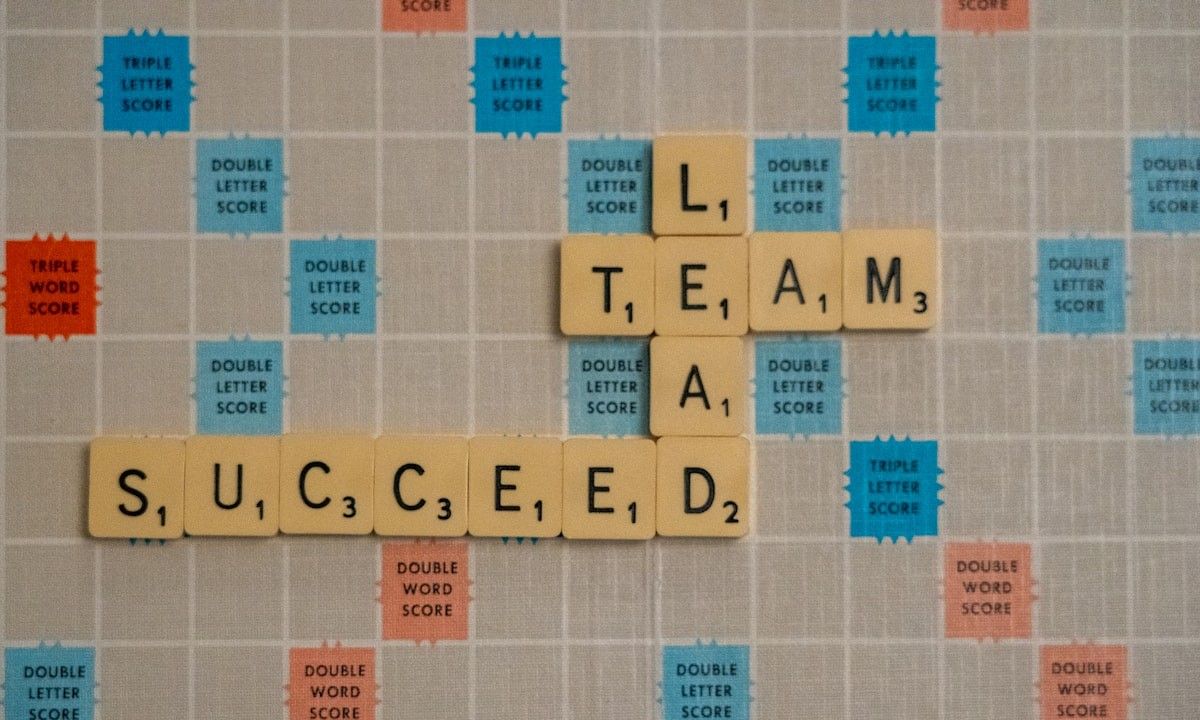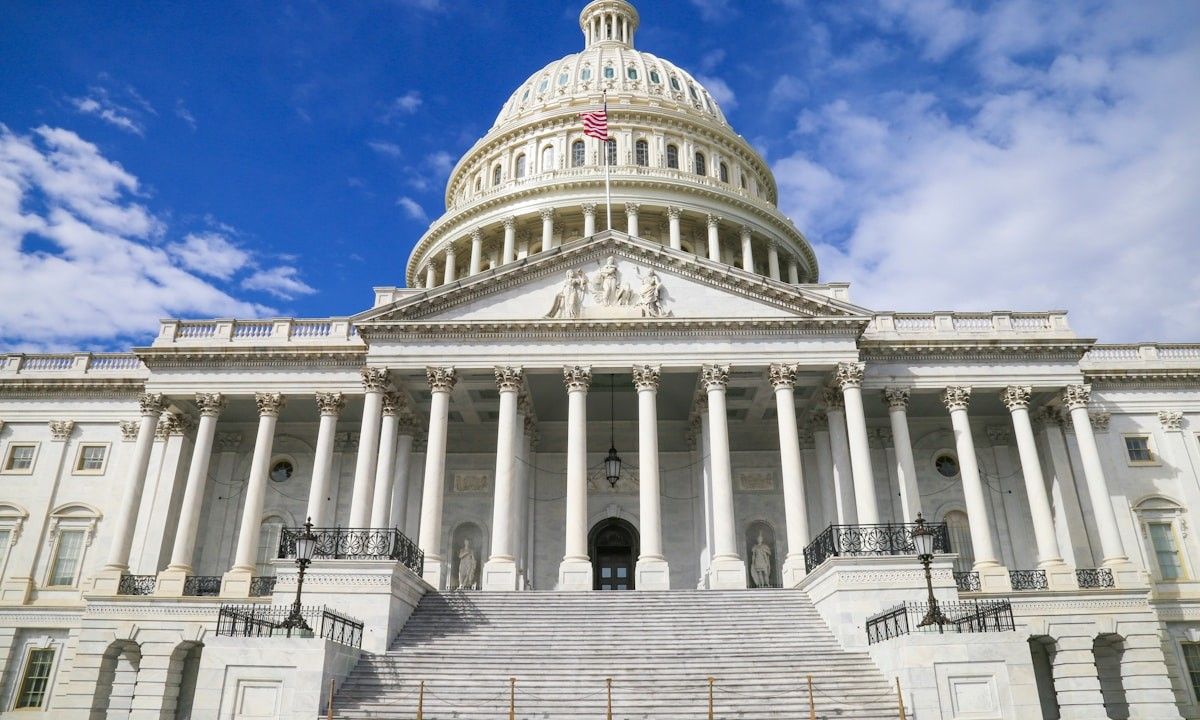eNews
How joining a creditors’ committee can maximize bankruptcy recovery

Bankruptcy poses a great challenge for credit professionals—a tangled web of risk and recovery that tests every creditor’s strategy and patience. For unsecured trade creditors, the most daunting part is understanding their position in the payment hierarchy and seeking ways to maximize recoveries despite the relatively little leverage an individual unsecured trade creditor has in a given Chapter 11 case. One way to achieve these objectives is to serve on an Official Committee of Unsecured Creditors, or a creditors’ committee.
Why it matters: In Chapter 11 cases, unsecured trade creditors face a high risk of receiving little or nothing and have minimal insight into or influence over the debtors’ general Chapter 11 process and strategy. By joining a creditors’ committee, unsecured creditors can play a more active role in the case and improve the outcome of the Chapter 11 case from unsecured creditors’ perspective.
What is an Official Committee of Unsecured Creditors?
The creditors’ committee is a group of unsecured creditors that serves as a fiduciary on behalf of all unsecured creditors in a debtor’s Chapter 11 case. The committee is appointed by the Office of the United States Trustee, the arm of the Department of Justice that oversees bankruptcy cases. It typically comprises between 5 and 7 of the debtor’s largest unsecured creditors by claim amount. The size of a creditor’s unsecured claim isn’t the only factor the U.S. Trustee will consider, as the U.S. Trustee will typically seek to appoint diverse types of creditors to the committee, since the committee is a fiduciary for all unsecured creditors.
A creditors’ committee plays a significant role in the Chapter 11 case, as it has standing to object and be heard by the bankruptcy court on virtually every matter that arises in the case. This results in the committee and its members (such as trade creditors, bondholders, tort claimants, unions, etc.) having a seat at the table for most of the negotiations with the debtor and other key stakeholders (lenders, equity holders, etc.) in a Chapter 11 case.
Members of the committee therefore have an inside view of the case, even receiving confidential information—subject to non-disclosure requirements, of course. And the best part? The committee is entitled to retain lawyers, financial advisors and potentially other professionals—and the fees and expenses the committee incurs are paid by the debtor, not the committee members!
A clear path forward
A Chapter 11 filing may be the first step toward a debtor’s revival and a path to maximizing returns for creditors. It also aims to preserve jobs, business partners and other economic benefits which the community derives from the business.
The debtor typically continues operating as a “debtor in possession,” unless a trustee is appointed or the case is converted to a Chapter 7 liquidation. The goal is to confirm a plan that outlines the path forward for the debtor—whether it is reorganizing or liquidating—and, ultimately, how creditors’ claims will be classified and receive potential distributions. Generally, unless senior classes are paid in full or they agree to accept less, no junior class of creditors is entitled to receive any payment.
Key benefits of joining a creditors’ committee
For unsecured creditors, joining the committee can provide critical access to information and influence over decisions otherwise unavailable to individual creditors. Most importantly, the committee—and therefore, its members—play a significant role in carving the debtor’s path forward, whether that’s a liquidation, going-concern sale or reorganization.
“In general, the committee members of both the secured and unsecured committees have little to no experience actually running businesses like the debtor,” said Matthew Burris, chief financial officer at Marc Fisher Footwear LLC (Greenwich, CT). “If you chose not to be involved, you are leaving the decisions on the debtor’s fate, your potential payout out and opportunity to have an on-going financially healthy retailer customer to them.”
The creditors’ committee, in a way, acts as a watchdog for unsecured creditors. It can negotiate—or litigate—with the debtor and secured creditors to maximize recoveries. In addition, committee members can investigate the debtor’s actions, negotiate a plan for reorganization or liquidation and oversee the bankruptcy process to promote transparency and maximize creditor recovery.
“The committee can negotiate for creative solutions to maximize value even in the most difficult of cases,” said Michael Papandrea of Lowenstein Sandler LLP (Roseland, NJ), during the NACM webinar, The Role of a Creditors’ Committee as a Counterweight to the Debtor and Secured Lender.
“The committee may investigate and challenge the liens of the debtor’s secured lender or investigate the debtor’s potential causes of action against third parties such as directors, officers, equity holders or affiliates. They may preserve those claims in a Chapter 11 plan so they can be pursued for the benefit of unsecured creditors. In addition, the committee can find ways to bury or release the preference claims the debtor may have against unsecured trade creditors—so even if unsecured creditors are receiving a minimal or no recovery, at least their pockets aren’t being picked.”
Oftentimes, the debtor in possession will file a lawsuit or adversary proceeding to recover money or property for the estate. These proceedings may take the form of lien avoidance actions, actions to avoid preferences, actions to avoid fraudulent transfers or actions to avoid post-petition transfers. In some cases, the bankruptcy court may authorize the committee to pursue these actions against insiders of the debtor if the plan provides for the committee to do so or if the debtor has refused a demand to do so.
“The committee is integrally involved in the debtor’s decision making, and if the debtor or secured creditors take a wrongful action or the secured creditors messed up on their documentation, the committee can object to those actions and also sue the lenders to avoid their security interests,” said Bruce Nathan, Esq., of Lowenstein Sandler LLP (New York, NY). “What’s important to keep in mind is that you have to strike a balance between protecting your own interests and that of all the other unsecured creditors.”





